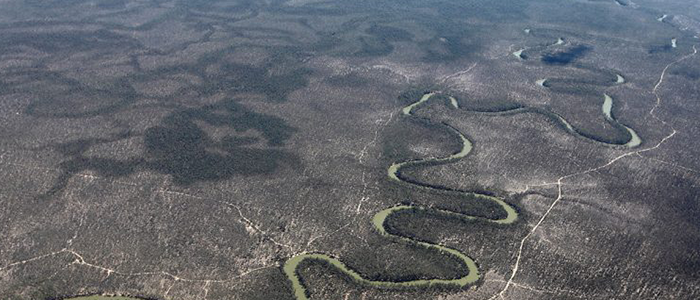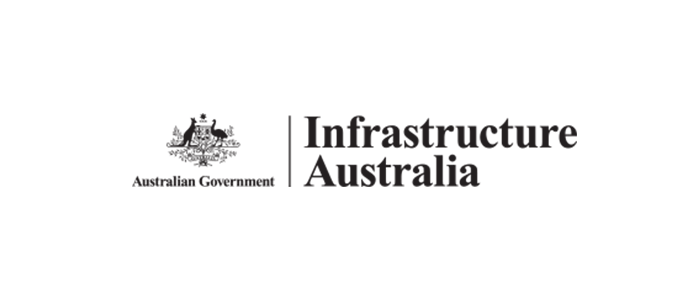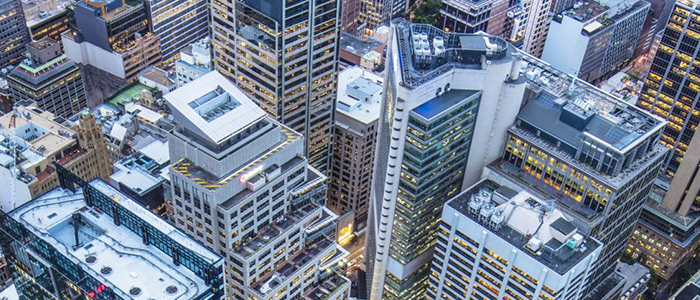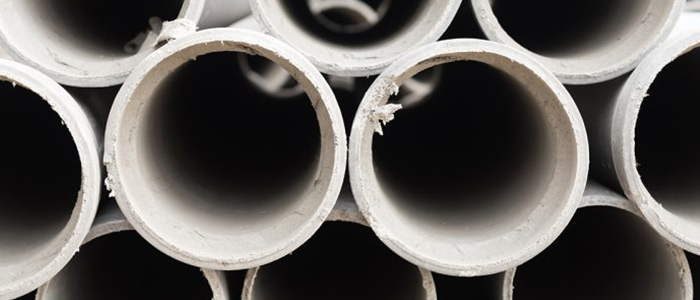Future Four: June 2019
June 13, 2019


By: Calvin Lok
Technical Sales Engineer - BE (Hons) BCom
We’ve sourced four future facing ideas and paired them with the latest insights from our team of water professionals.
Calvin Lok is a Technical Sales Engineer within our NSW team, and has selected four articles spanning water, wastewater, infrastructure, and technology—we hope you find our selection useful for your business or next project.
1. The future of the Murray-Darling Basin.
Source: WaterSource
After seven years, and $8 billion spent as part of the Murray-Darling Basin plan, the community continues to call for a new solution.
WaterSource Australia has been reporting on the Murray-Darling Basin since 2016, providing coverage of the project’s initial progress, and ongoing local and government debate regarding its implications on the natural environment.
Their series on the Murray-Darling Basin project includes a guide to the project so far and feedback from the community. While the plan has been questioned for its utility, there is the ongoing challenge of managing the social and environmental impacts it has caused.
Use the best available science to set sustainable diversion limits, make irrigators more efficient …. it sounded fantastic. But we’re seeing millions of dead fish, towns running out of water and regional communities in really dire straits.
Senior Water Researcher at The Australia Institute and former director of environmental water at the Murray-Darling Basin Authority, Maryanne Slattery.
As professionals working in the water industry, it’s often easy get absorbed into our daily tasks and forget about the bigger picture that we’re contributing to.
The study on the Murray Darling Basin Plan is a perfect example of the difficulty in managing such a complex asset. Despite the millions of dollars which have been allocated to the implementation of a management plan, it’s clear that there has been limited success, with negative feedback from a variety of stakeholders arising from mass fish deaths and the potential water supply crisis in regional areas.
People with passion for the industry are the ones that fuel the engine that drives towards a better tomorrow, so I think it’s important that we continue to be aware of these underlying issues and their impact.
2. 2019 Infrastructure priority list identifies record $58 billion project pipeline.
Source: Infrastructure Australia
This piece shared by Infrastructure Australia provides transparency on the upcoming development priorities for 2019. Presenting over 121 nationally significant proposals, the aim of the priority list is to identify opportunities to deliver the best outcomes for growing communities across the country.
Many of the projects identified in the 2019 Priority List respond to the challenges of population growth in our largest cities and address the need for frequent and accessible public transport to reduce congestion and maintain Australia’s world-renowned liveability.
Infrastructure Australia Chair, Julieanne Alroe.
While the scope of the infrastructure priorities is broad, spanning housing, power, transport and road infrastructure, there’s a common thread seen across the priority projects. A commitment to innovation and future thinking is evident in the Australia’s infrastructure pipeline.
While population growth is certainly one of the biggest drivers for further development of infrastructure, the changing dynamics of our environment continue to influence the thoughts and processes behind the implementation of these projects.
Awareness of the changing needs of the community will help support our current endeavours and allow us to capture new opportunities. In today’s fast paced environment, the longevity of business will lie in their ability to stay ahead of the competition through innovation and long-term planning.
3. Engineers reveal Australia is renewables champion.
Source: Engineers Australia
According to 2018 research completed by engineers from Australian National University, Australia is at the forefront of adopting renewable power, ahead of the EU, US, Japan, and China.
This rapid growth in renewable energy means we’re on track to deliver Australia’s commitment to emission reductions up to five years early—and as soon as 2025.
Australia is on track to reach 50% renewable electricity in 2024 and 100% by 2032. This offers real hope for rapid global emissions reductions to preserve a living planet.”
Lead researcher, Professor Andrew Blakers from the ANU Research School of Electrical, Energy and Materials Engineering (RSEEME)
It is always encouraging to see that our country is outperforming not only the rest of the world, but even our own expectations in achieving emission reduction targets. With the cost of gas and coal power stations already above the cost of solar and wind farms, it’s clear that new technology is an opportunity to move away from traditional power sources.
As the world continues to focus on more sustainable ways to interact with our planet, it is crucial for individuals and businesses to pivot their skills to meet the growing demand.
As sustainable solutions continue to penetrate the various industries in Australia, our community should see an increase in expertise in these areas and we can leverage our experience to expand our reach and influence within the global market.
4. Here’s how one utility is dealing with ageing asbestos in water mains.
Source: Water Source.
Aging asbestos cement pipelines are becoming an increasingly significant issue as they continue to close in on their design and service lifespan.
“The issue is most significant in Victoria, which is home to 70% of the country’s AC pipes. The situation was made more complex in 2015, when the state banned the common practice of AC pipe bursting – where a head is taken through the pipe to crack it open – because the process leaves behind asbestos fibres in the soil.”
With the complexity in managing the soil contamination potential of these pipelines, it’s important that we devise safe, timely and also cost effective methods to deal with these challenges before other issues arise.
As a direct consequence in tackling this issue, South East Water estimates that the costs of maintaining its AC pipes will increase from $10 million per year to about $40 million per year in the next 20 years.
This example illustrates the potential costs which unsustainable solutions may have on the future generations. Especially in our industry where installation of infrastructure and other assets are designed with lifespans to serve multiple generations to come, it is important that we conduct research and take into consideration the future impacts of our decisions in all stages of our projects.



